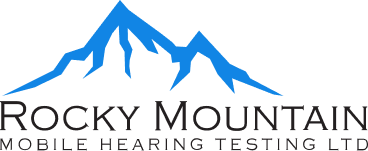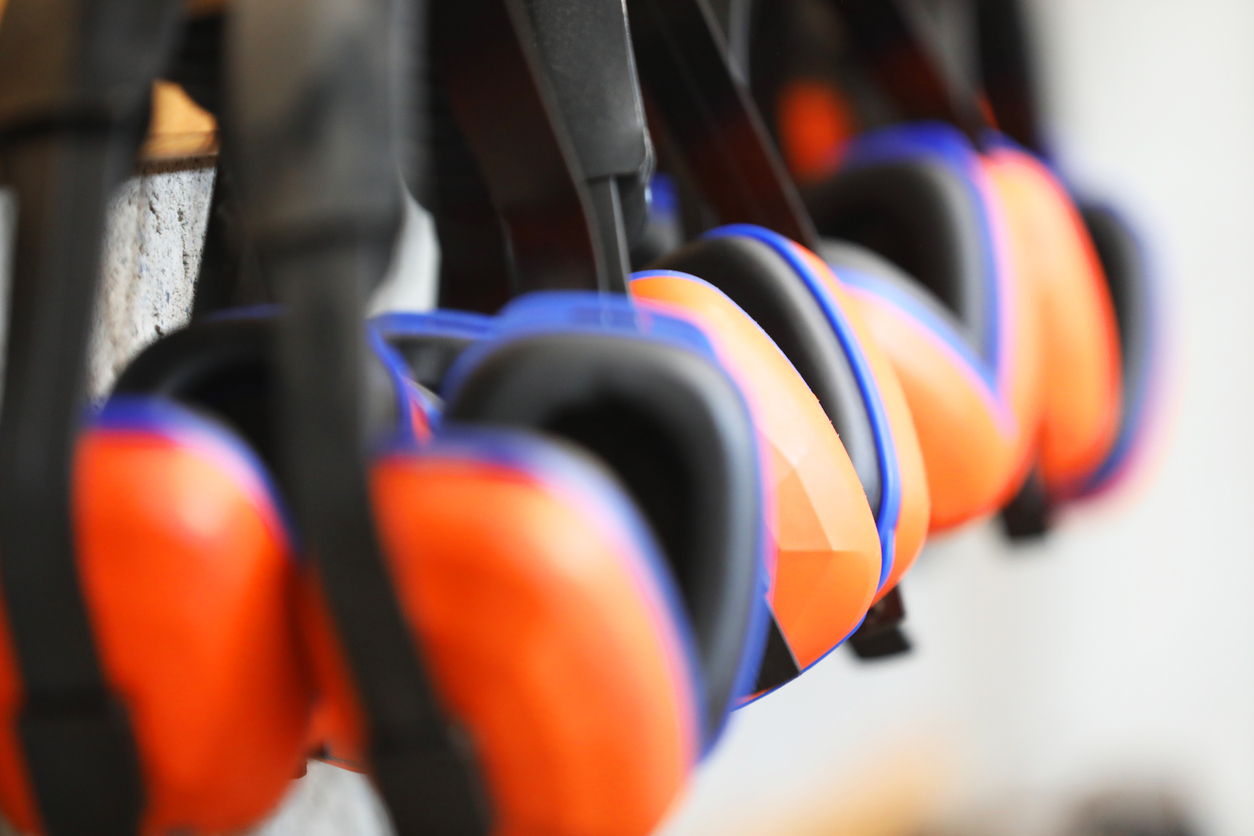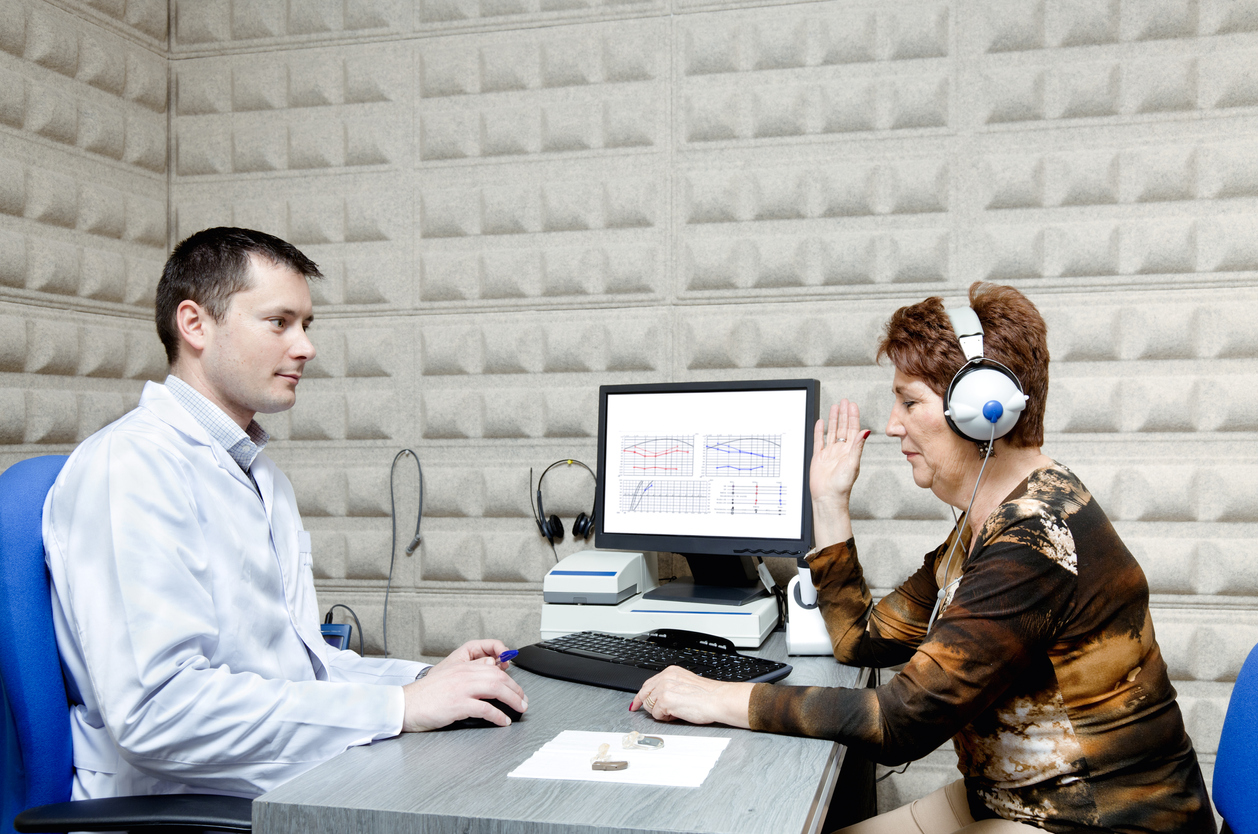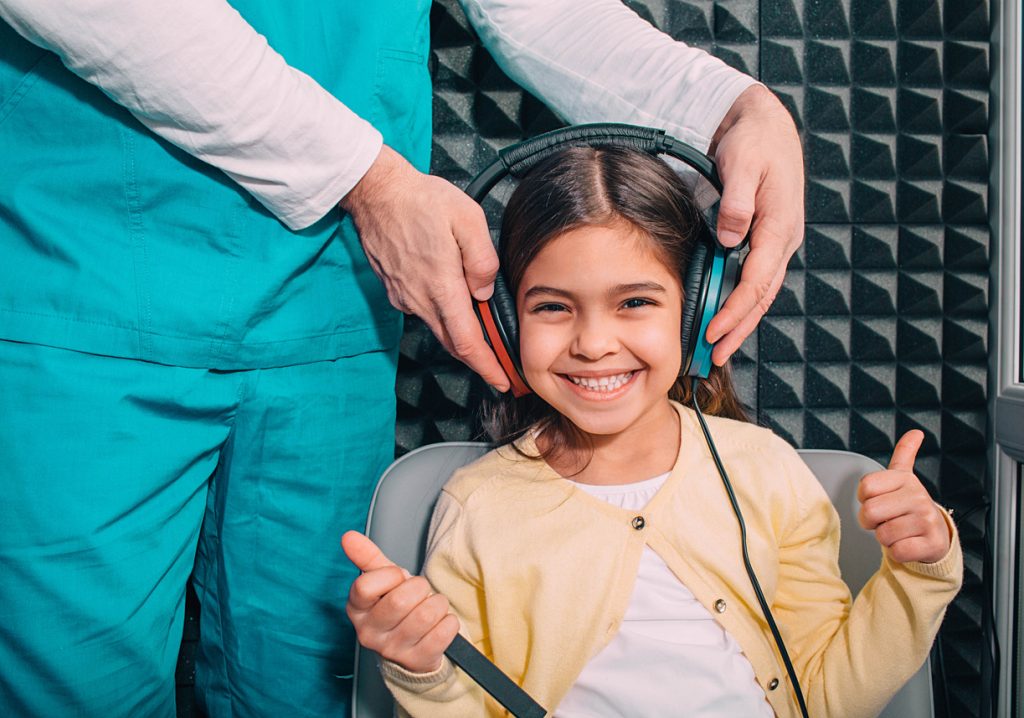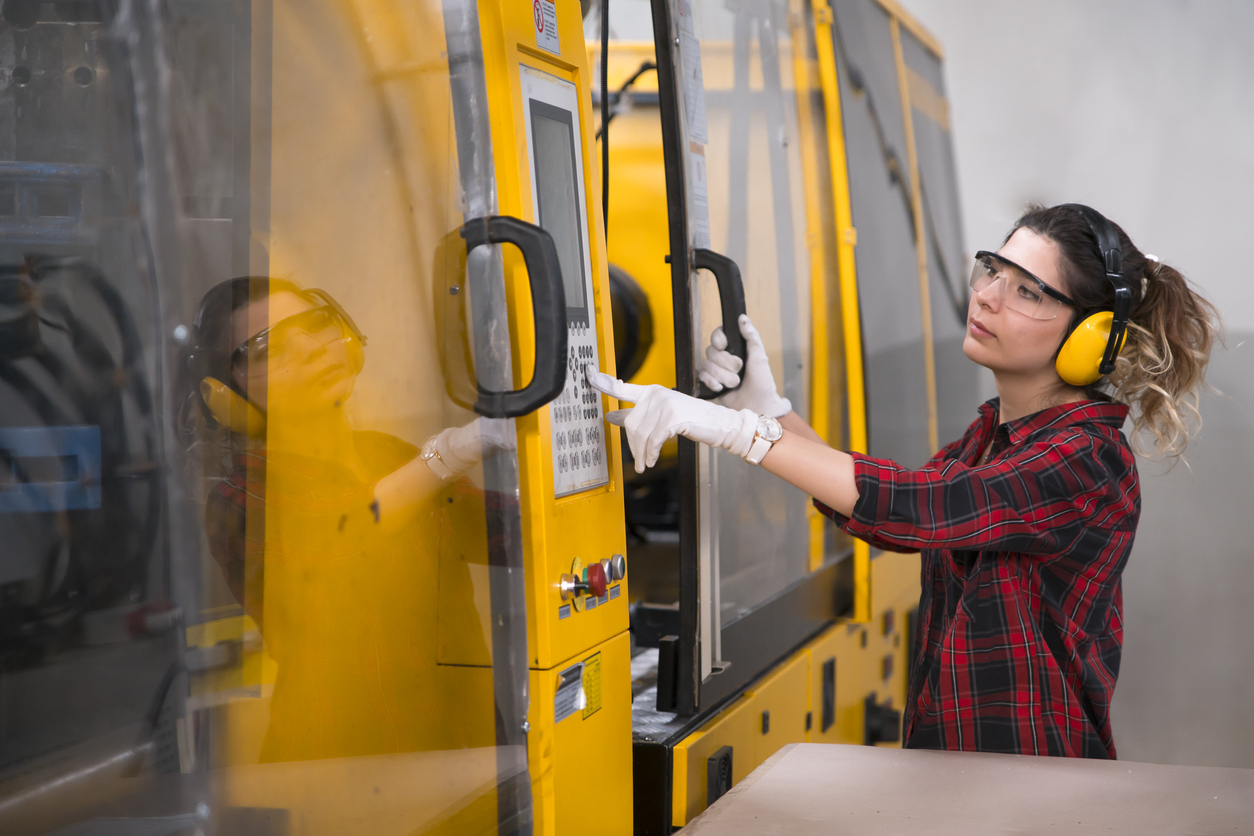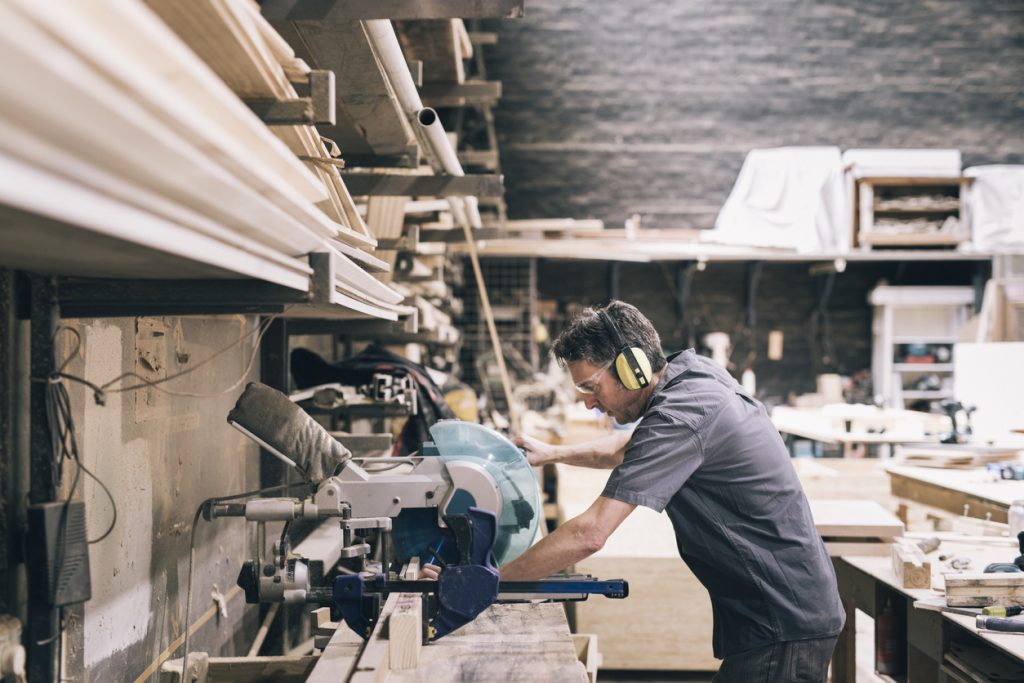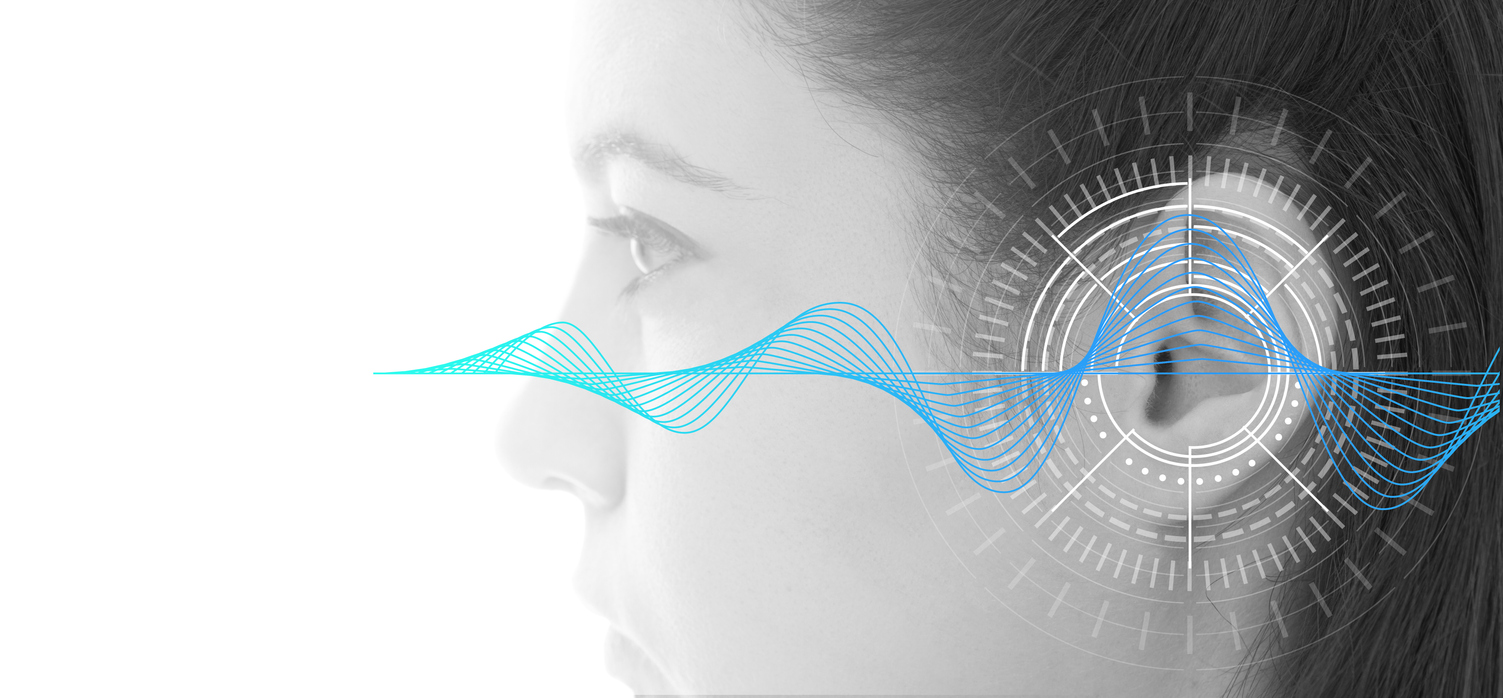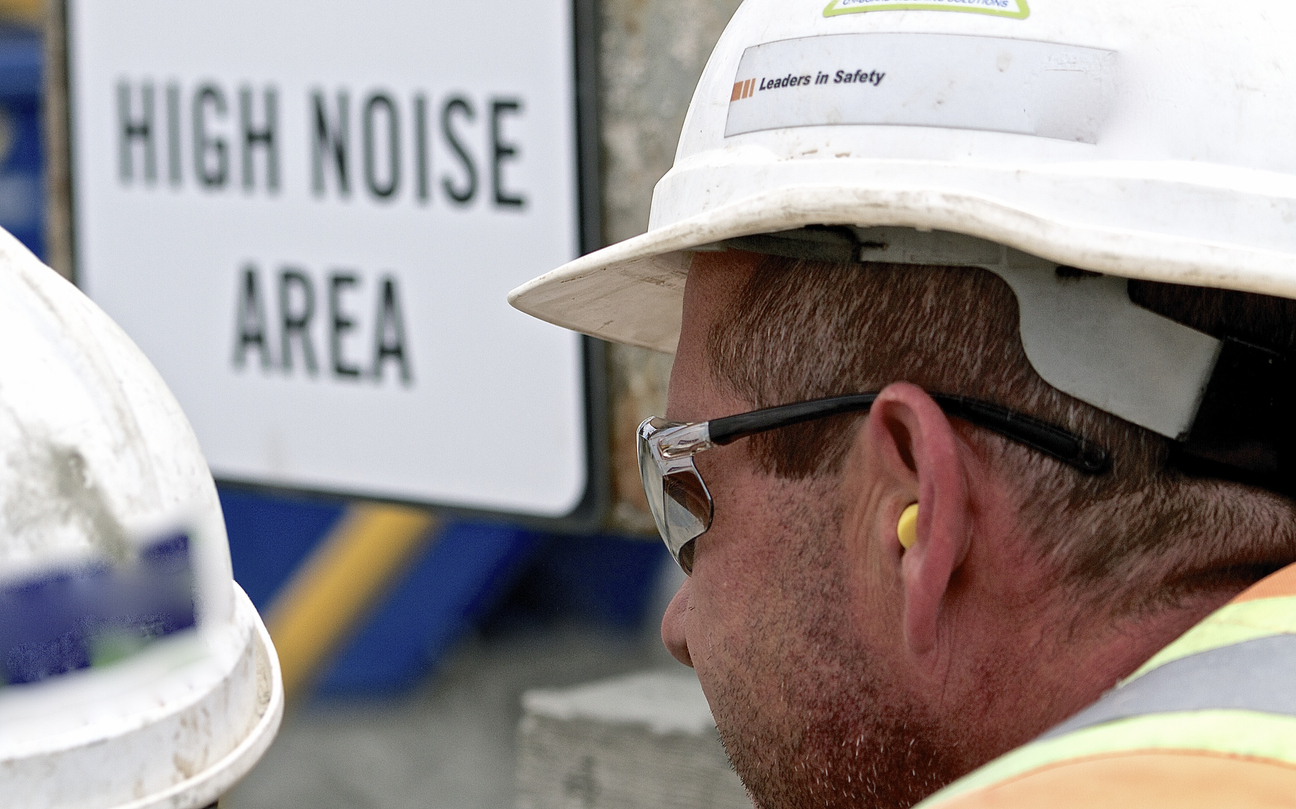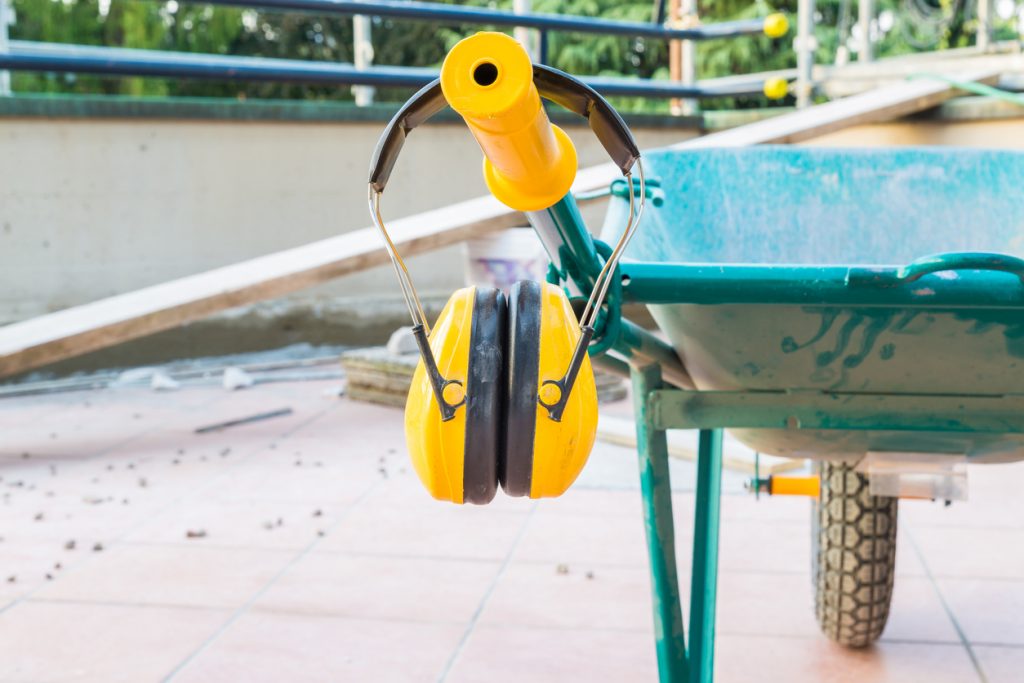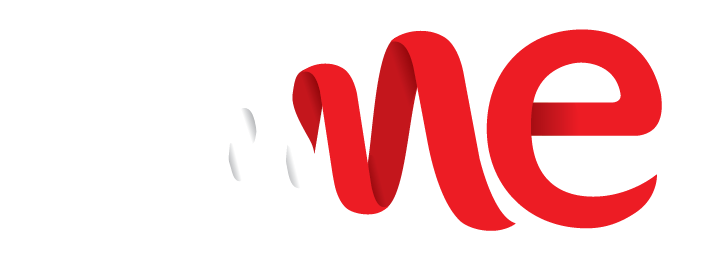Whether we like it or not, industrial and construction workers are susceptible to loud noises at their workplaces. Although it’s their job to work in industrial areas where heavy machinery operates hours per day, everyday exposure to intense noises can lead to irreversible hearing damage. This is why the workers must know about the hearing protection safety measures.
Hearing loss can affect your work and wellbeing, as has been proven in court via payout precedents and which Alberta’s worker compensation program covers. Whether workers insist on it or not, it’s of critical importance and mandated by law to implement a safe workplace for industrial workers that can prevent industrial hearing loss in the work field. Let’s explore how employers can do that.
What Is A Hearing Conservation Program?
Workplace hearing loss due to higher, prolonged noise happens in several industries. Those working in the fields of military, transportation, utilities, manufacturing, construction, mining, agriculture, and more are especially susceptible to hearing loss due to the loud noise hazards in their workplaces.
Alberta OH&S has mandated hearing conservation program requirements for workplaces with noise hazards to prevent workplace injuries. This program is required for employees whose eight-hour work time exceeds or is equal to the average sound level of eighty-five decibels on the scale. If your workers face that much noise regularly, you need a safety program in place.
What Goes Into a Hearing Conservation Program?
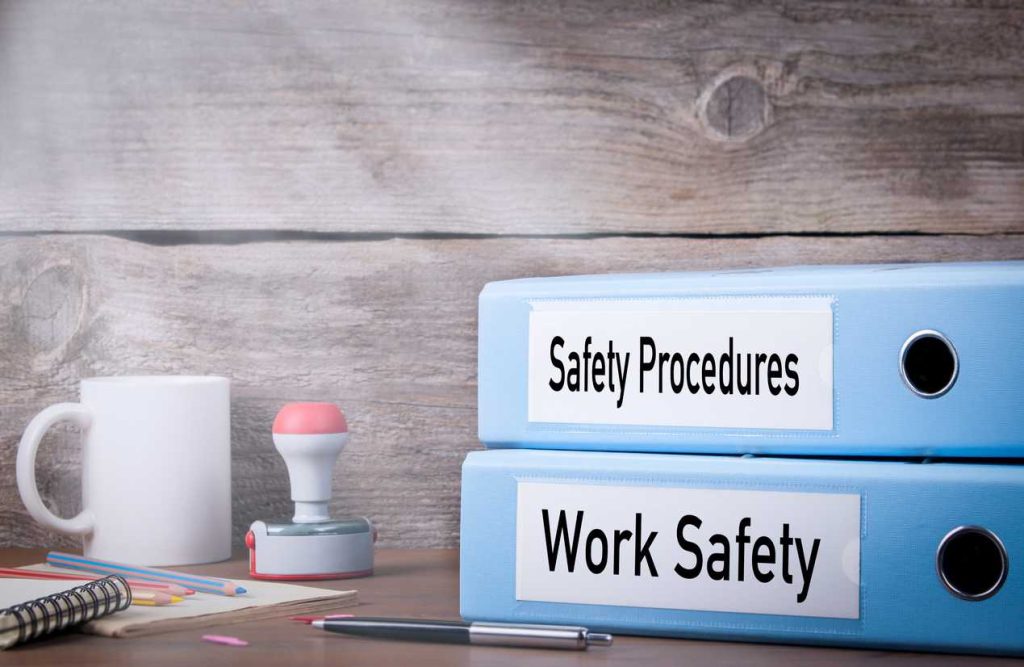
Alberta OHS Code Part 16, Section 221 (2) mandates that the noise management program must include a plan for worker education regarding the risks of excessive noise exposure and the proper use of hearing protection.
- guidelines for measuring and monitoring employee exposure to noise
- posting warning signs when the noise level exceeds 85 dB
- the use and maintenance of employee-used hearing protection devices & PPE
- timely and organized record-keeping of audiometric testing results
That gives you a checklist and the major hurdles you’ll have to pass to make your workplace safe enough. But you might be wondering about some ways to address these points.
How To Prevent Hearing Loss At Work
To prevent hearing loss at the workplace due to extreme noise, some rules of thumb you can make can complement your complete hearing conservation program. You can encourage workers to:
- Take enough breaks from the activities that create noise in a quiet breakroom
- Keep maximum possible distances from the noise source
- Reduce noise at the source of it; buy machines that emit low noise as a feature, and keep such equipment lubricated and well-maintained
- Enclose the noisy workspace, or create a physical barrier between the machine and your ears
- Always wear proper hearing protection when you are working in noisy areas; if you are using foam plugs, make sure they are inserted for effective use
- If you are listening to music, keep the sound at a safe level, even if it means you can’t drown out industrial noise
The other thing you can do to protect your hearing at the workplace is to speak with hearing testing companies, especially audiometric technicians, who can advise based on their experiences. You can always learn from them what works and what doesn’t, so it makes sense to benefit from their wisdom.
Hearing loss is not to be underestimated as a workplace hazard, especially since it can sneak up on those affected. It can permanently affect a worker’s social life, overall wellbeing, and job fitness – and it’s a lose-lose situation for employers and employees. Workplace noise levels can be reduced by using well-maintained machines, and workers can save themselves by wearing the right ear protection. But the most surefire way forward is to have your audiometric testing company help you build a hearing conservation program that’s to code.
Rocky Mountain Mobile Hearing Testing is your locally owned and operated Calgary business. We are committed to providing mobile hearing testing services and other safety tests to numerous industries and companies in Western Canada. Our services are part of the WorkSafeBC Provider Network, while our sound booths are approved by the CSA. We offer audiometry testing, mask fit testing, custom earplugs, noise measurements, help with implementing a hearing conservation program, and spirometry testing. If you want to improve your workplace, leave it in the hands of our team. Contact us today at (403) 399-4775.
